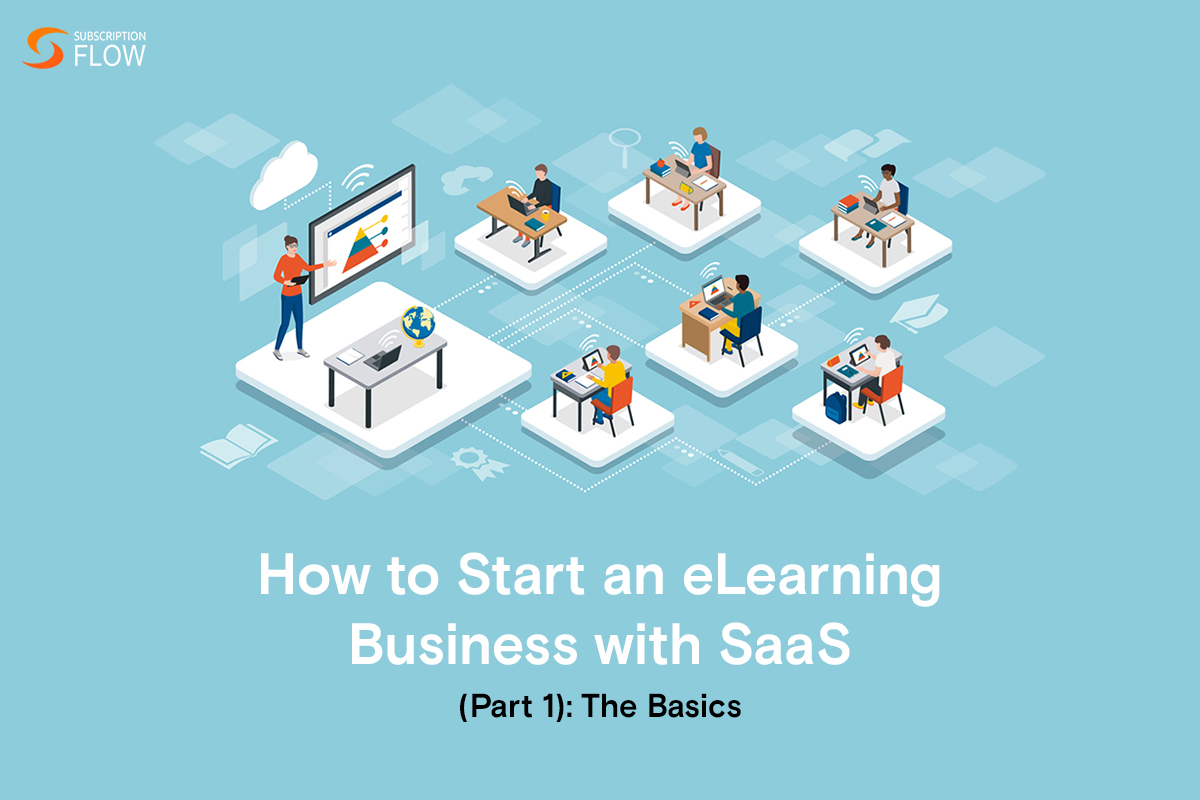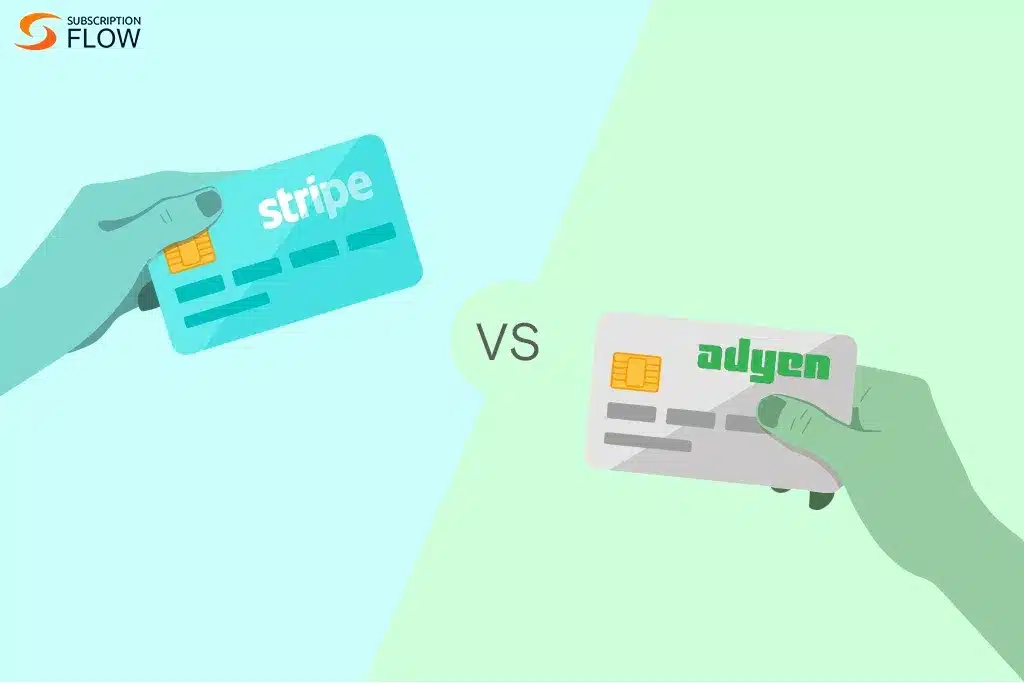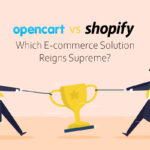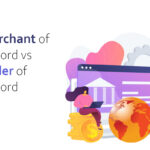
How to Start an eLearning Business with SaaS (Part 1): The Basics
eLearning is one of the fastest growing business models in the world and this predicament predates the COVID-19 crisis.
From a business perspective, it’s o0ne of the most lucrative opportunities for an investor. Whereas, from an educational standpoint, it’s proving to be the fastest way to spread awareness. Digital education has continued to soar higher with each passing year as more digital skills are required in the markets.
What is eLearning?
eLearning is basically defined as online learning, most conveniently on a SaaS platform that offers educational lessons on given courses. The curriculum can be available in the form of PDFs, e-Books, videos, or even stream-able content.
There are several eLearning business models that vary according to the way they work. Given the pandemic, almost every institute across the world had to adopt a remote learning framework. It was only the dedicated eLearning institutions that paved the way with their smart systems for others to follow.
Read More: Online Language Learning Subscription Business Scope
Types of eLearning Systems
Asynchronous / Night School Model
The first type of eLearning system is the Asynchronous or the Night School model. It’s called the night school model because it doesn’t offer a real-time teaching and learning scenario.
Instead, students and learners have access to the curricula once they pay a one-time fee.
This type of fee structure can prove advantageous in some scenarios, and prove unprofitable in some aspects.
Since the Night School model entails charging customers a one-time fee, there’s no guarantee that customers will buy courses again.
There are several eLearning businesses that charge one-time fees for a variety of content. This means that eLearning businesses can segregate content into more categories.
That is to say, they can offer their learners choices between single videos, video series and even live sessions.
This means that once you sell out a copy of a course that you worked very hard to produce – repeat.
You’ll need another great idea, curriculum and structure to produce the content that will appeal to new users. This can greatly limit an eLearning business’ potential growth.
Because while the one-time model can seem simple from a business perspective, recurring revenue is the dream, isn’t it?
And no one can deny that it’s not easy to come up with quality education material every week or month.
Synchronous / Academy Model
Compared to the asynchronous model is the Academy model, also known as the synchronous model. In contrast, this model involves real-time learning for learners who stay connected with your institute over substantial periods of time.
In this model, you charge your customers on a recurring basis and offer them a range of courses to choose from.
The Academy model entails compiling syllabi and making sure that all the content available is ready for new learners.
This library can prove to be useful for new as well as old customers. And though this limits the amount of content you’ll have to create, you’ll need a library initially that attracts learners.
As it’s obvious, this is a more profitable venture from the perspective of a business owner. Though it doesn’t promise high-revenue generating one-time sales, it does promise substantial revenue overtime.
It’s easier to market your business when it doesn’t require a huge fee, as is the case with asynchronous models.
You can easily convert learners who want to learn more than a single course overtime. The catch, however, is on the eLearning institute to keep offering value-based content.
The main problem with the idea of going for a subscription business model for most is the hassle of management.
From the initial onboarding process of enticing, convincing and converting your learners to keeping them subscribed; the task of retaining customers and learners becomes significantly more important.
And to say that this workload can be minimized would be false, although there are ways to automate it. That’s where SaaS comes in.
Combined Model
As the name can tell, the combined eLearning business model combines the synchronous and asynchronous learning models.
This means that while you also offer subscriptions, you can choose to include products as one-time offerings.
Though they can be categorized as upsells and cross-sells, but you won’t be charging them recurring fee for these standalone products.
That is to say, you can have a learner subscribed and still sell them additional content in the form of e-books, videos, series, etc.
Though it doesn’t seem like it, many of the biggest eLearning institutes around the world are offering combined models. One such example is of Amazon Prime.
The transactional video on demand (TVOD) structure combined with subscription video on demand (SVOD) can make for a very profitable venture as showcased by the streaming giant.
Teachers can think of this as offering additional tuitions or extra classes to existing learners. Whereas, for businesses, this spells a golden opportunity for upsell and cross-selling your products on top of subscriptions.
How Does SaaS come into play?
To start an eLearning business with SaaS, you need to understand how you can manage your business model efficiently. This will lead you to a realization of needs that you need to address to streamline operations.
To put it simply, you will need to start your eLearning business with SaaS platforms of your choosing.
These will allow you to facilitate automation for everything from customer onboarding to managing their subscriptions.
Moreover, with integrations offered by platforms like SubscriptionFlow, you can even increase productivity of your sales and marketing departments too.
This is in addition to the obvious subscription lifecycle management that the platform comes pre-equipped to handle.
Read More: Here’s Why SaaS eLearning is Becoming the Norm and Why You Should Consider It











